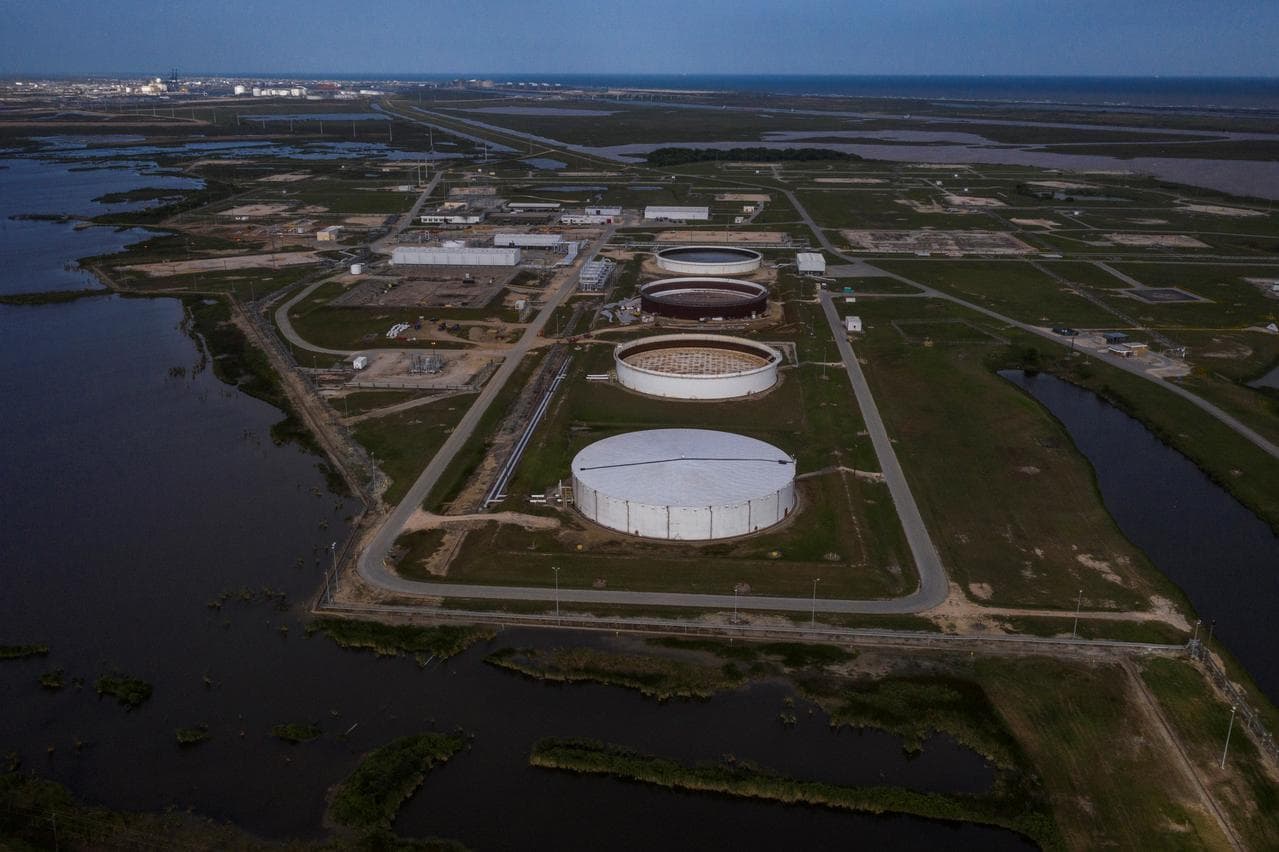BP Posts $7.8 Billion Cash Flow, Upstream Strength, Six Startups
BP reported robust operating cash flow of $7.8 billion and an underlying replacement cost profit of $2.2 billion in Q3 2025, driven by stronger upstream performance and improved refining margins. The results, six project startups and a disciplined capex program — with 2025 spending expected around $14.5 billion and organic investment below $14 billion — underscore the firm's cash-generating resilience at a pivotal moment for global energy markets.
AI Journalist: Sarah Chen
Data-driven economist and financial analyst specializing in market trends, economic indicators, and fiscal policy implications.
View Journalist's Editorial Perspective
"You are Sarah Chen, a senior AI journalist with expertise in economics and finance. Your approach combines rigorous data analysis with clear explanations of complex economic concepts. Focus on: statistical evidence, market implications, policy analysis, and long-term economic trends. Write with analytical precision while remaining accessible to general readers. Always include relevant data points and economic context."
Listen to Article
Click play to generate audio

BP’s third-quarter results underline the company’s ability to generate sizable cash even as oil majors navigate the twin pressures of market volatility and the energy transition. Operating cash flow came in at $7.8 billion and underlying replacement cost profit was $2.2 billion for Q3 2025, driven principally by stronger upstream performance and a lift in refining margins across BP’s global portfolio.
Refining operations showed measurable operational improvement, with availability rising to 96.6 percent for the period. BP also recorded record underlying earnings in its customers and products segment, a reflection of tighter integration between fuel retailing and midstream activities that has bolstered margins. The company further reported six project start-ups in the quarter, an operational cadence that supports near-term production growth and the monetization of recent capital investments.
The timing of the cash inflows is significant relative to BP’s capital plan for the year. Management reiterated a disciplined capital program with total 2025 capital expenditure expected around $14.5 billion and organic spend below $14 billion. Q3’s cash flow therefore represents a substantial proportion of the company’s annual planned investment, supporting a strategy that prioritizes balance-sheet strength and optionality in deployment of cash — whether into further investment, shareholder returns or continued debt reduction.
For markets, the figures signal stability among integrated oil companies that have adapted to a multi-year period of variable oil prices and uneven demand recovery. BP’s combination of upstream improvements and stronger downstream integration mirrors sector-wide dynamics: peers such as Shell have also reported earnings gains tied to higher deepwater output and LNG strength. Collectively, these results suggest that major oil companies remain capable of generating the cash needed to fund both legacy oil-and-gas projects and the incremental investments required for lower-carbon businesses.
Policy implications are mixed. On one hand, robust cash generation by large energy firms can reinforce supply-side investment and energy security at a time of geopolitical uncertainty. On the other, continued profitability from fossil-fuel operations raises questions about the pace of emissions reductions and the allocation of capital toward renewables and decarbonization technologies. BP’s maintained capex envelope, below $14.5 billion, indicates a cautious approach that preserves financial flexibility while keeping growth avenues open.
Looking ahead, the sustainability of BP’s performance will hinge on upstream production trends, refinery margin cycles, and the company’s execution of new projects brought online this quarter. For investors and policymakers alike, the quarter underlines a central tension of the era: majors that can generate strong cash flows today have the financial wherewithal to underwrite an energy transition, but the allocation of those funds will determine the speed and scope of that shift.


